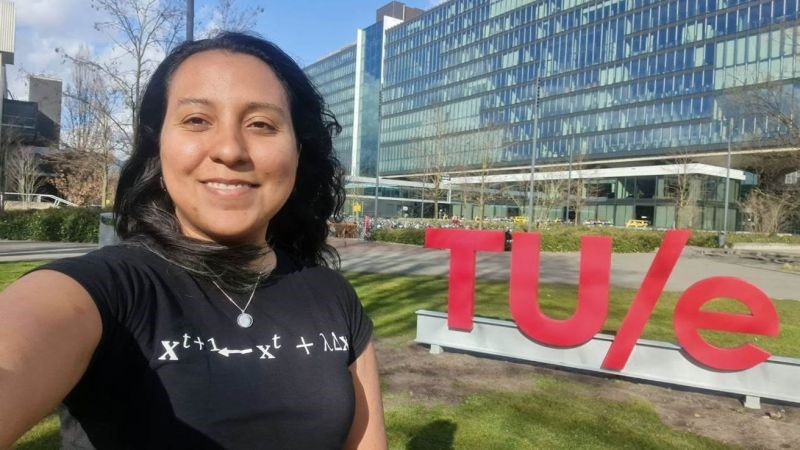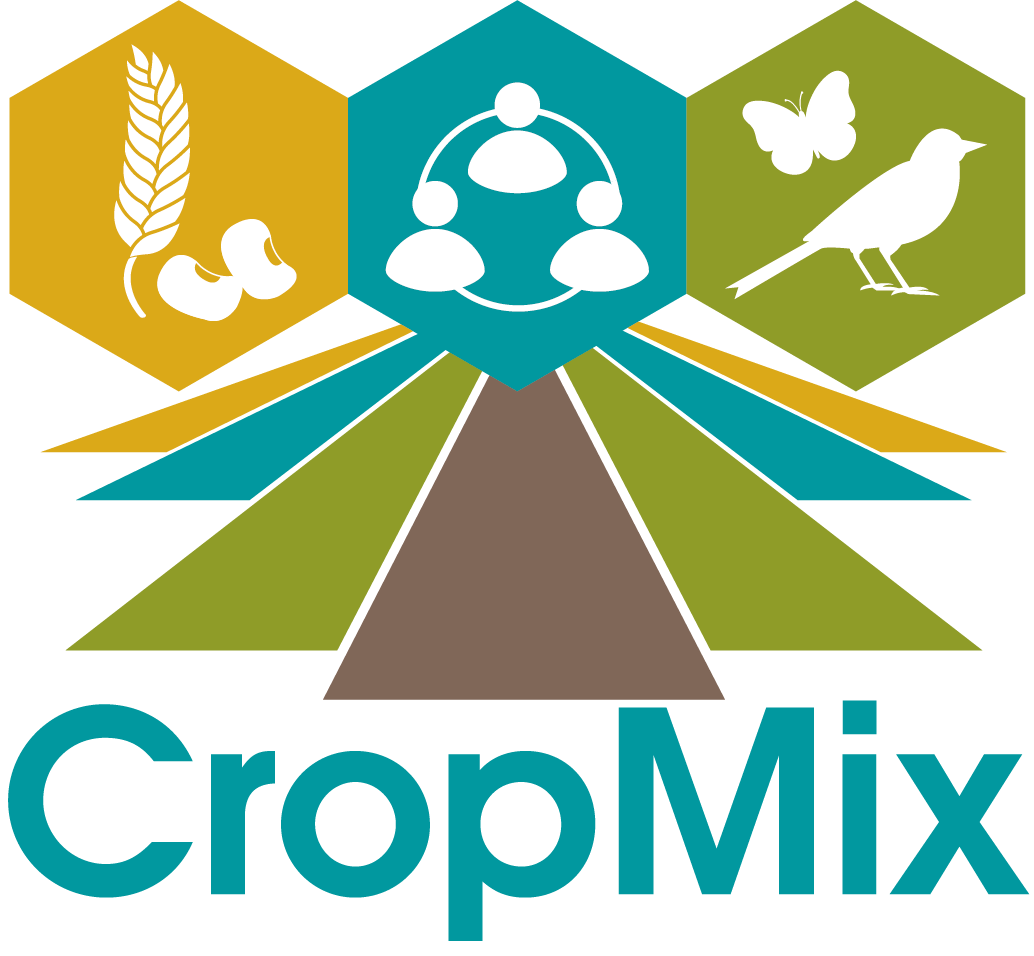Photo: Harry Kolenbrander
Socio-economics, technology and logistics /
Logistics and value chains /
Sustainable production planning and in-field logistics in mixed cropping systems


Researcher
Alfaima L. Solano Blanco
PhD candidate
Eindhoven University of Technology
Research project
Project: 2.2.1. Sustainable production planning and in-field logistics in mixed cropping systems
Als we gemengde teelten willen implementeren, in het bijzonder strokenteelt, hoe veranderen de werkzaamheden dan op het veld?
If we want to implement mixed cropping, specifically strip cropping, how do in-field operations change? Mixed cropping settings bring ecological benefits by growing various crops simultaneously, but face planning challenges in managing smaller sub-fields and manage different crops at a time. These crops can be scattered around the agricultural field within small sub-areas to increase diversity by distancing similar crops. This means handling sizes and maturation states of various crops to align with market prices, demand, or the harvest of neighbouring crops. To make this possible, how do we have to change in land division, crops and machinery? How to plan the activities at the farm? How to move the machinery? How and when to harvest, store and sell? and on top of that, how to do all these things sustainably? I will be working on these questions over the next four years.
Related projects
- Designing agricultural landscapes and the role of strip cropping > Thijmen van Loon
- Efficient distribution networks of mixed cropping system-based supply chains > Tuğçe Canbilen Suticen
Results and news
News and results will be presented here.
Researchers involved
- Sonja Rohmer (TU/e)
- Tom van Woensel (TU/e)
Related research
Other research from work package 2
Our work packages
This work package focuses on above-ground and below-ground interactions. We look at the interactions between plants, crops, insects and other species living in the field and the differences between strip cropping and monocultures.
Work package 2 looks at the economic feasibility of investments for farmers to switch to more crop-diverse systems, such as strip farming, and what factors influence their willingness to engage in ecologically sound farming.
We want to identify different transition pathways applicable to different situations. Think of farmers with wide strips and long value chains, but also farmers with narrow strips marketing in a short chain. Or perhaps very different cropping systems that use crop diversity, such as agroforestry. We also look at what consumers and other stakeholders think and their role in the transition to more sustainable agriculture.


